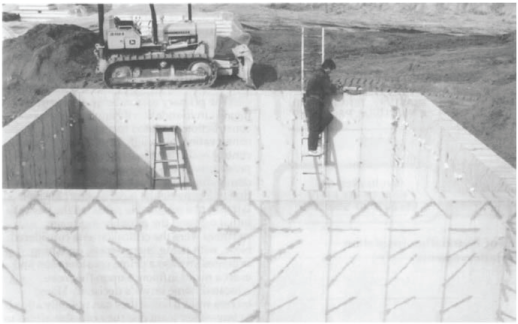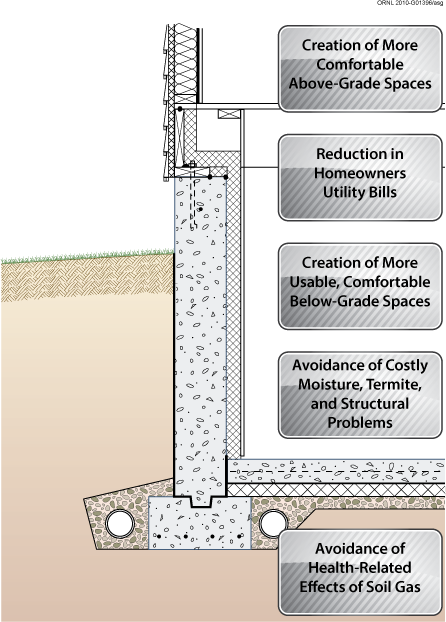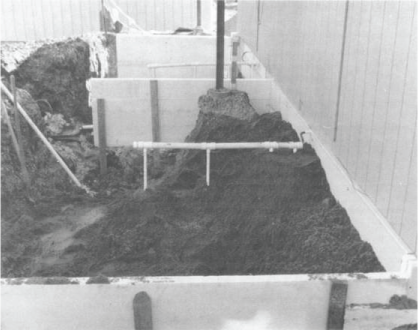The practical and economic advantages of following the recommended practices in this handbook are:
All these potential advantages are selling points and can help builders avoid costly callbacks.
The Benefits of Foundation Insulation
The primary reason behind the current interest in foundation design and foundation retrofits is related to energy efficiency, although in some areas radon and moisture control are also primary concerns. Today's prospective home buyers are increasingly demanding healthy, energy-efficient homes that will provide the most comfort for their families at a reasonable price. In the past, the initial cost and the monthly mortgage payment were the critical criteria considered. Now, with rising energy costs, operating expenses are also a prime consideration and exert a major influence upon the more educated home buyer’s decision. Home buyers want a home they can not only afford to buy—they want one they can be comfortable in and also afford to live in.
Home builders and code officials have initially responded to these desires by providing more thermal insulation in the above-grade portions of the home. Attention to the foundation has lagged for the most part, with most effort focused primarily on a foundation's structural adequacy. Lately however, the general awareness of health-oriented, energy-efficient foundation construction practices has increased in the United States. In 1989-90 several national building energy codes and standards were revised for the first time to recommend foundation insulation in moderate to cold U.S. climates (those with over 2500 heating degree days). Since then, subsequent code revisions have increased required levels of foundation insulation in many U.S.climates. Uninsulated foundations in a poorly-insulated home may account for 10 to 15 percent of a building’s total heat loss; as insulation and airtightness in the above-grade portion of the home are increased, this fraction increases to account for much more significant amounts of energy consumption.

Figure 1-1. The hygrothermal impact of basement insulation is monitored on several modules at the Foundation Test Facility at the University of Minnesota
In order to develop a better understanding of the impact of foundation insulation and provide information to the building industry and the public, several research activities are proceeding. Notable sites of research include the Foundation Test Facility (Figure 1-1), and Cloquet Residential Research Facility run by the University of Minnesota and at Oak Ridge National Laboratory (Figure 1-3).

Figure 1-2. Benefits of Foundation Insulation and Other Design Improvements
Other Foundation Design Issues
While saving energy may be the primary reason for understanding good foundation design practices, there are other related benefits. For example, insulating any type of foundation is likely to result in warmer floors during winter in above-grade spaces, thus improving comfort as well as reducing energy use. Insulating basement foundations creates more comfortable conditions in below-grade space as well, making it more usable for a variety of purposes at a relatively low cost. Raising basement temperatures by adding properly chosen insulation in the right location can also reduce condensation, thus minimizing problems with mold and mildew.
In addition to energy conservation and thermal comfort, good foundation design must be structurally sound, prevent water and moisture problems, and control termites and radon where appropriate. The importance of these issues increases with an energy-efficient design because there are some potential problems caused by incorrect insulating practices. Under certain circumstances the structural integrity of a foundation (and the above-grade structure it supports) can be negatively affected by insulation when water control is not adequate. If improper construction practices are used, moisture can degrade foundation insulation. Other moisture problems, like mold formation and decay of wood materials, can actually be created by using the wrong techniques. Improperly installed foundation insulation may also provide entry paths or concealment for termites. Insulating and sealing a foundation to save energy results in a tighter building with less infiltration. Radon is present in all soils and geological formations. Thus, every building that is located on the ground has potential for elevated radon concentrations. All of these potential side effects can be avoided if recommended practices are followed.

Figure 1-3. The hygrothermal or heat transfer impact of slab-on-grade foundation insulation is monitored in a test facility at Oak Ridge National Laboratory.